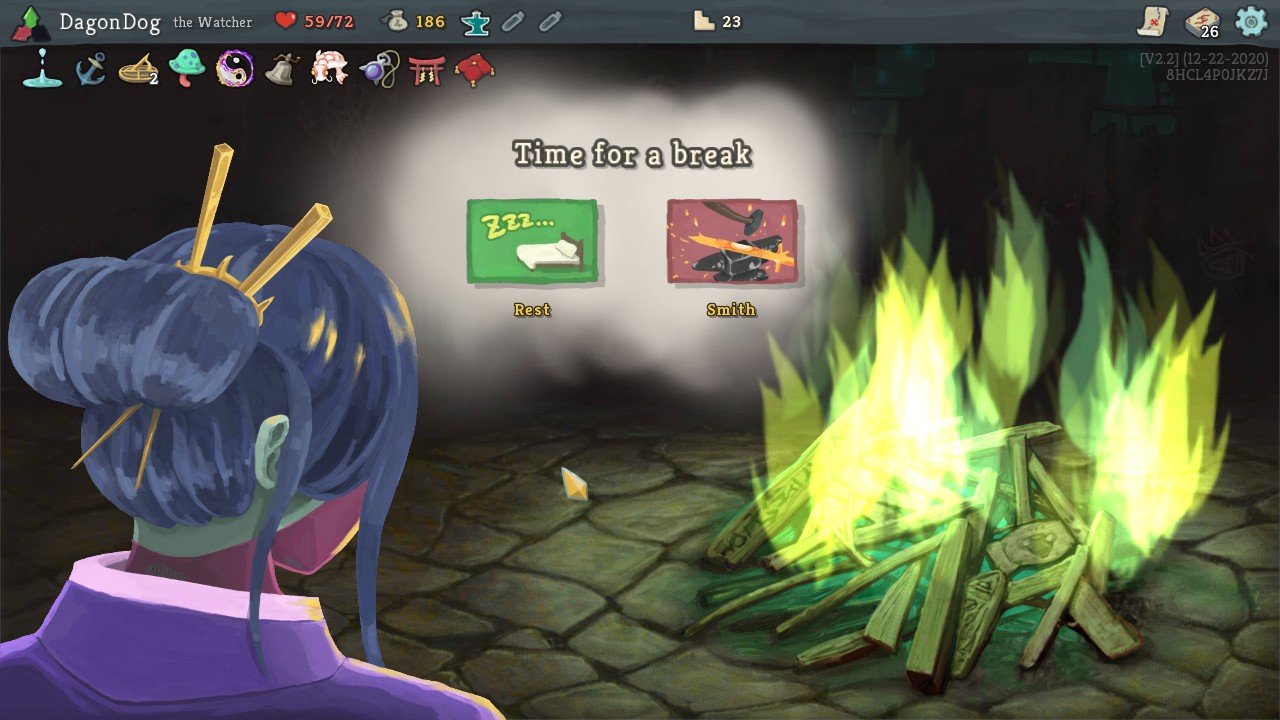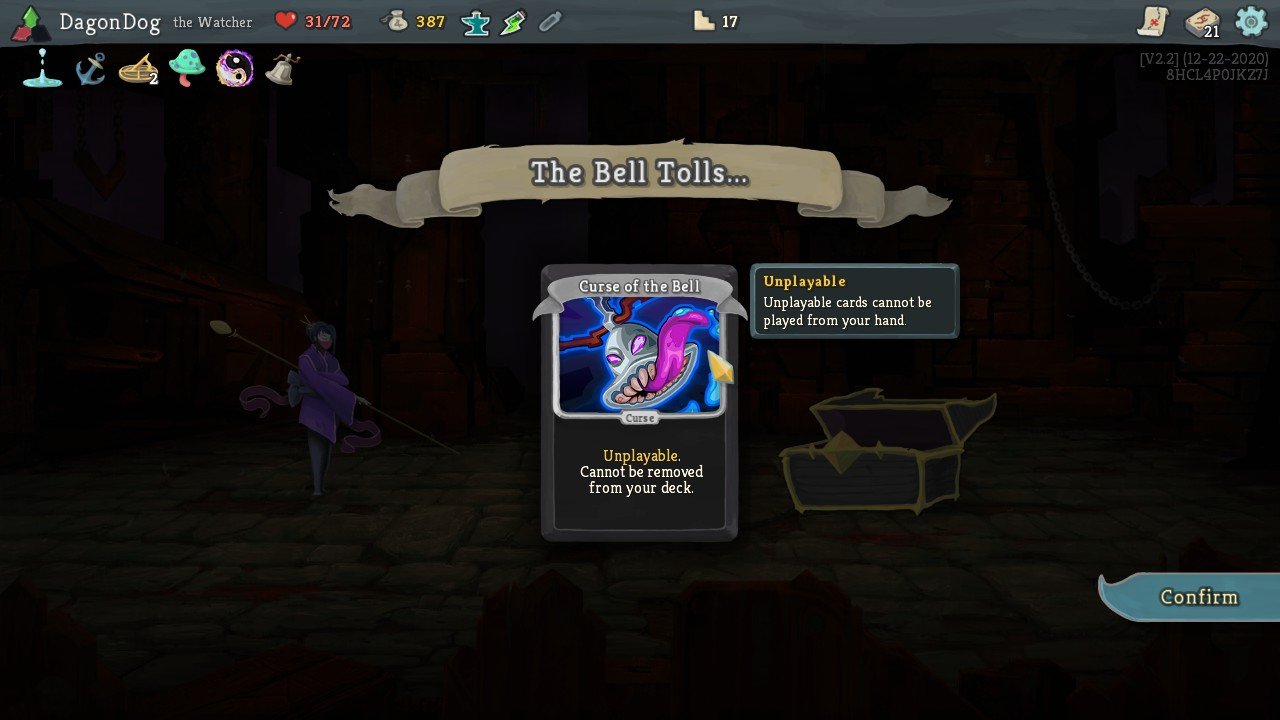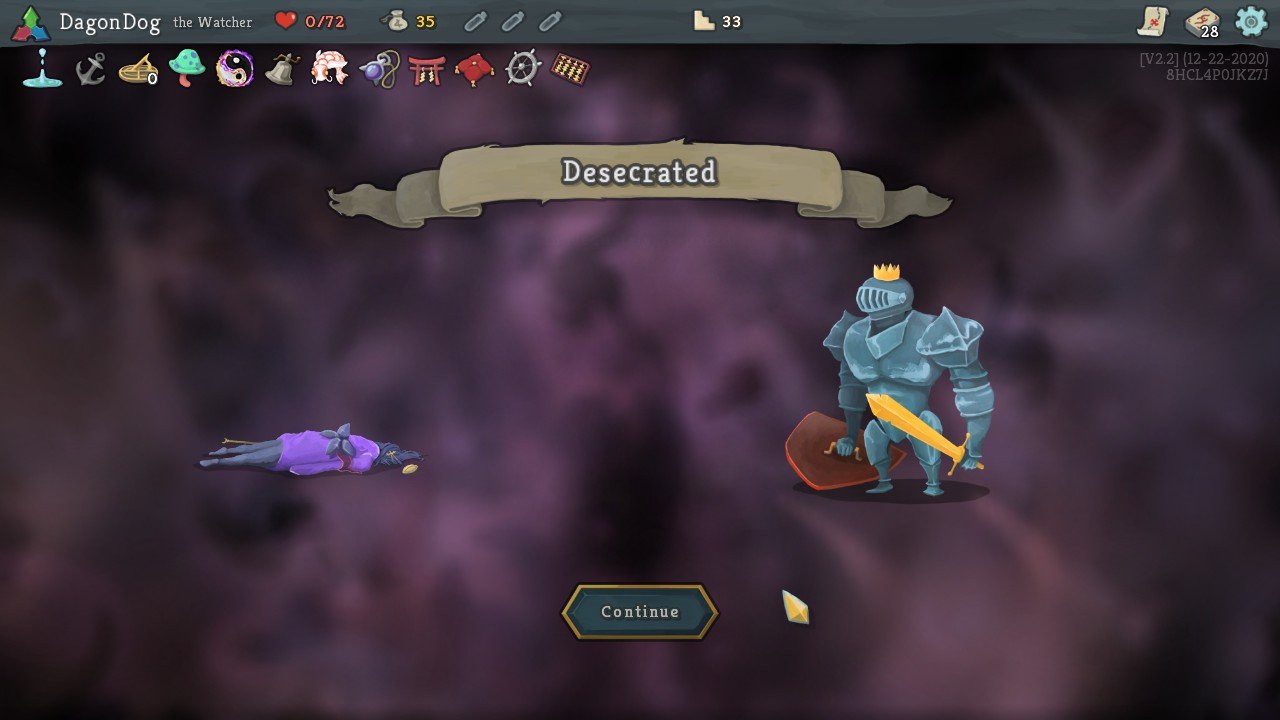Slay the Spire - Review
I am a fan of rogue-like games when they hit all the right notes. While I don’t expect a game to knock Spelunky off the top bracket for my list of favorite rogue likes, I’m always open to trying something else that works. I’ve played mostly action/adventure type of games within the genre: Rogue Legacy, Crypt of the Necrodancer, Dead Souls. I hadn’t, however, played a card-based rogue-like. I don’t gravitate towards card games on a regular basis, but after getting lost in Gwent for a good amount of time, I can’t deny that it shouldn’t be surprising that I have also dumped tons of hours into Slay the Spire.
Image: Humble Bundle
The Short of It
What I’ve Played
50+ hours
Gotten to the final boss with the Watcher, but have not beaten it
Completed runs for each of the characters except the Watcher
Pros
Each of the characters plays extremely differently and requires a fair amount of understanding to get the right strategy
Each run is quite unique, despite all the repeat enemy encounters
The ability to just pause your run at any time to come back later makes it a great game to play while waiting for something
Cons
Aesthetic style of the game is a bit lack-luster
Each character has a lot of worthless cards, leading to some unfortunate RNG
Brutal difficulty in some spots
Music and sound are nothing special
The Rest of It
Gameplay
Slay the Spire is a turn-based card game in the form of a rogue-like. That’s a mouthful, but as soon as you play it for yourself, it makes sense. At the start of each turn, you have a certain number of moves available to play your cards. Some cards require more points to play, meaning that you have to manage your turn properly to make sure that you are making the most optimal plays. Once you have exhausted your turn, the enemies take theirs. Slay the Spire is kind enough to show the intents of the enemies ahead of time, including the attack types an enemy might perform and how much damage they will do to you. So, you can plan your moves accordingly and focus on the enemies that pose the largest threat.
Image: Humble Bundle
If you are unfortunate enough to die (and you will), the run ends, and you start at the beginning all over. Each time you die, however, you earn points to level up and allow for more cards to be discovered in your next run. This doesn’t necessarily make the game easier because you still may not encounter these cards in a run. However, you at least are increasing your chances of getting a lucky set of cards with each run.
At the start of each run, you select the hero that you want to play. Each hero has their own set of cards and focus. The first is the basic soldier, who is mostly a balanced starter with an even focus on offense and defense. The second is a shaman that has relatively low health but can quickly stack a ton of damage in its attacks because of its poison abilities. The third is a robot that is quite unique because his cards are based on utilizing the orbs around it and the special perks or abilities that come with them.
Of the three starting characters, I prefer the shaman because the strategy is all around attacking enemies and stacking your buffs and debuffs. The soldier is a little too straightforward, and the robot’s strategy is not as rewarding because it focuses more on passive buffs to do the heavy lifting. My favorite character, however, is the one you unlock after completing runs with the other three. The Watcher is an interesting hero who has various stances that can drastically alter the abilities of the cards. These stances also add a fair amount of depth to the meta-strategy because they can determine what sort of cards you should be looking for and how you want to build out the character in the long run.
Image: Humble Bundle
In addition to getting more cards as you progress, you can also acquire relics, curses, and potions. Relics act as passive buffs to your character and are added along the top row of the screen. There are some common relics as well as relics that are specific to the character you’re playing. There are also some relics that are immensely better than others in terms of how useful they are. Your chances of making it to the end of the game increase that much more for each relic you have in your inventory. If you happen to have a complete set of really useful ones, it makes things go much faster.
Potions can also provide a useful resource to your combat encounters. I don’t think they’re especially useful most of the time. However, I’ve had plenty of moments in which the potions I had on hand saved me from certain annihilation. Like relics, there are various common potions, as well as potions specific to the hero you’re playing as.
Image: Humble Bundle
Meanwhile, curses are cards that get added to your inventory and have negative effects. Some are harmless and just take up space in your hand, while others cause damage or debuff your character. Some of these curses can truly break your chances of progressing if you aren’t careful. Since you get curses in the form of cards, there are methods by which you can remove them from your deck, with one exception. While progressing on the path, you might encounter random events. These events might give you rewards or even the opportunity to remove cards from your deck. You can also encounter a merchant who sells cards, relics, and potions. He also has the ability to remove cards from your deck for a price.
That’s a very quick view of Slay the Spire’s gameplay in a nutshell. As you can tell, there’s a fair amount of complexity to the game. However, it smartly presents all of this and slows your progress enough to help it all settle in over time and over the course of the many deaths you will experience. I have yet to actually beat the game with all this knowledge I’ve gained because it gets so difficult in the late game. Yet, losing is not a devastating or frustrating experience. It’s mostly just a moment to acknowledge mistakes or the misfortune of bad luck, and an opportunity to just start over once again.
Image: Humble Bundle
Presentation
If there is one area that Slay the Spire doesn’t do it for me, it’s the style of the game. The music is bland and boring. The aesthetics of the character designs are very muted and uninteresting. I wouldn’t say that this game looks or sounds bad. It’s just okay. The enemies, backgrounds, and characters are all easily identifiable. However, nothing really stands out. For that reason, and also just because the game is more or less designed as a leisurely experience, I usually only give the game half of my attention while I’m doing something else.
Image: Humble Bundle
TL;DR (Conclusion)
Fans of card-combat games and rogue-like games should take a look at Slay the Spire. It has some deep mechanics that build over time as you progress and die again and again. It provides a fair amount of variety despite its relatively straightforward design. It has a good blend of turn-based strategy and rogue-like difficulty that is akin to Darkest Dungeon—it’s just a shame it doesn’t look nearly as good. If any of this appeals to you, Slay the Spire should be worth your time.















